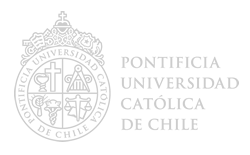Agroecological initiatives in Hungary and their Central European aspects
Abstract
Agroecology initiatives were first implemented within Central and Eastern Europe in Hungary in the 1980s in response to the environmental and ecological problems of intensive, agrochemical-based agricultural technology. The agroecology sector has grown substantially ever since and is currently facing its second boom, yet Hungary’s level of organic farming remains substantially below the average level in the European Union (EU) and in the Visegrad Group countries (the Czech Republic, Hungary, Poland and Slovakia). This review summarizes early and recent agroecology developments in Hungary in the context of the region and the EU in a broader sense, mainly regarding scientific research and policy aspects. The 10-fold growth of the organic agriculture sector in Hungary over the last two decades brings Hungary somewhat closer to the average EU level and is discussed in relation to the regulating legal environment, i.e., the EU’s harmonized Rural Development Program. In addition, the European Green Deal envisions a reduction in pesticide use by 50% by 2030 and supports agroecology to reduce excess fertilization, increase organic farming and reverse biodiversity loss. Hungary pursues these goals through, among others means, the transnational joint initiative of the Visegrad countries, BIOEAST. The environmental risks jeopardizing agroecology are summarized in a systematic context, covering not only agricultural organic microcontaminants but also agricultural biotechnology products and issues in energy utilization efficacy. Related past and current research projects, as well as Hungary’s involvement in the international advancement of agroecology, are outlined.
Keywords
Full Text:
PDFDOI: http://dx.doi.org/10.7764/ijanr.v47i3.2266

This work is licensed under a Creative Commons Attribution 4.0 International License.

